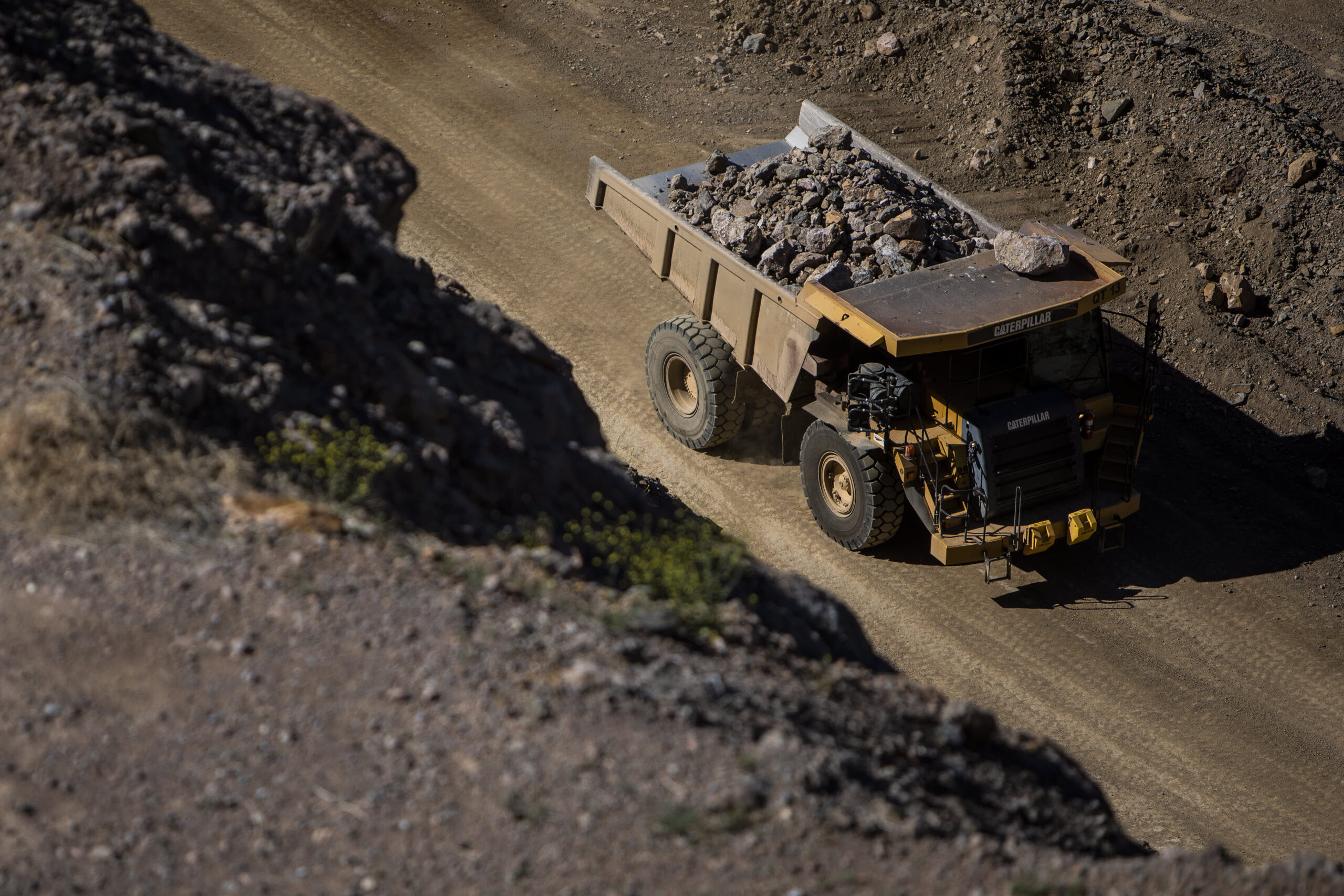BEIJING: In the Inner Mongolia autonomous region, people at the forefront of the fight against desertification have recently resorted to a new approach – combining sand control with wind and solar power projects to tame the once ever-expanding desert.
Sun Shaocheng, the region’s party secretary, said that innovation is key to the success of the region’s broad green development initiatives, as Inner Mongolia aims to treat nearly 800,000ha of desert by 2030 using the new method.
In an interview with China Daily, Sun said the new approach was listed as a crucial regional project at a local party conference late last year, and is considered a key move in winning the region’s sand control battle, which has national significance.
“The approach can achieve many benefits in one go,” he said.
Constructing an ecological barrier in northern China is a major task president Xi Jinping bestowed on the region since the 18th National Congress of the Communist Party of China in 2012, he said.
Inner Mongolia is a major battleground for advancing the Three-North Shelterbelt Forest Programme, an ecological project proposed by the Chinese government in the 1970s to improve the ecological environment in northern China and to prevent the expansion of desertification.
Sun said the regional government has issued a plan for integrating sand control and green energy production, with the aim of completing the treatment of around 767,000ha of desert and achieving installed capacity of 119 million kilowatts of new energy by 2030.
Sun said the region has pledged to better coordinate the development of new energy projects with sand control and speed up the construction of centralised solar power plants and power cables in the “sand, gravel and desert” areas.
Authorities will also explore a model in which crops and animals can be raised among solar panels.
This will result in a win-win situation of increasing greenery, energy and income, he said.
The target this year is to treat about 153,000ha of desert using this new method and increase installed capacity of new energy by 27.27 million kilowatts.
Using all methods combined, the region aims to treat one million ha of desert this year and 6.46 million ha by 2030.
About 20% of the land in the region is affected by desertification and sand encroachment, though the region is considered to be among China’s ecologically diverse areas, with vast swaths of forestry and grassland. — China Daily/ANN

